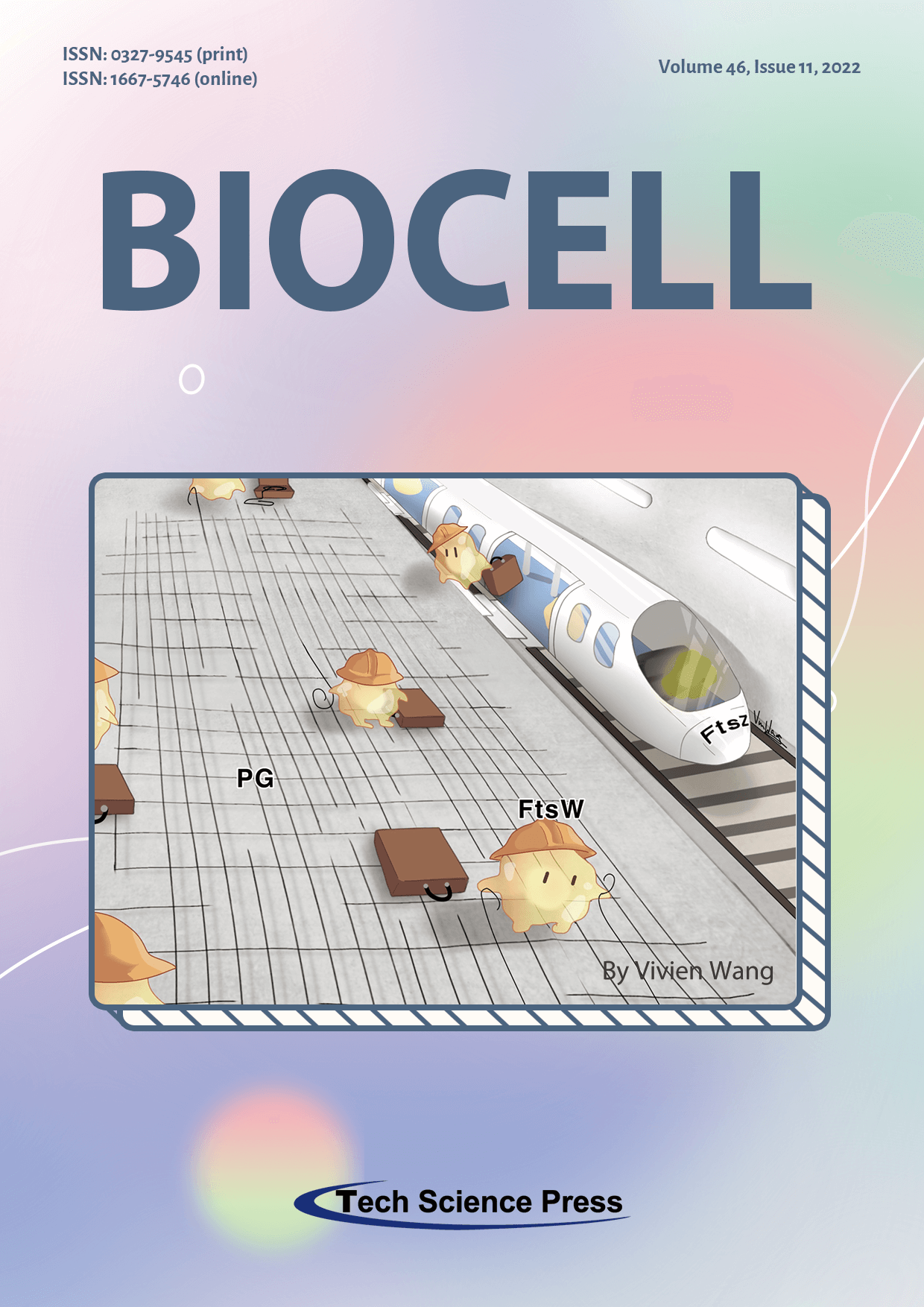
Bacterium reconstructs its septal peptidoglycan cell wall (PG) during cell division. This process is precisely regulated in time and space to separate the daughter cells’ chromosomes and maintain the shape of new cell poles. The cytoskeletal protein FtsZ forms a ring-like structure at the division site with treadmilling behavior driven by the energy from GTP hydrolysis. In the current viewpoint, we summarized recent studies focusing on the dynamics of FtsZ and PG synthases. These new results suggested that FtsZ serves as a train that shuttles PG synthases (such as FtsW) to proper division sites and regulates their activity.
View this paper